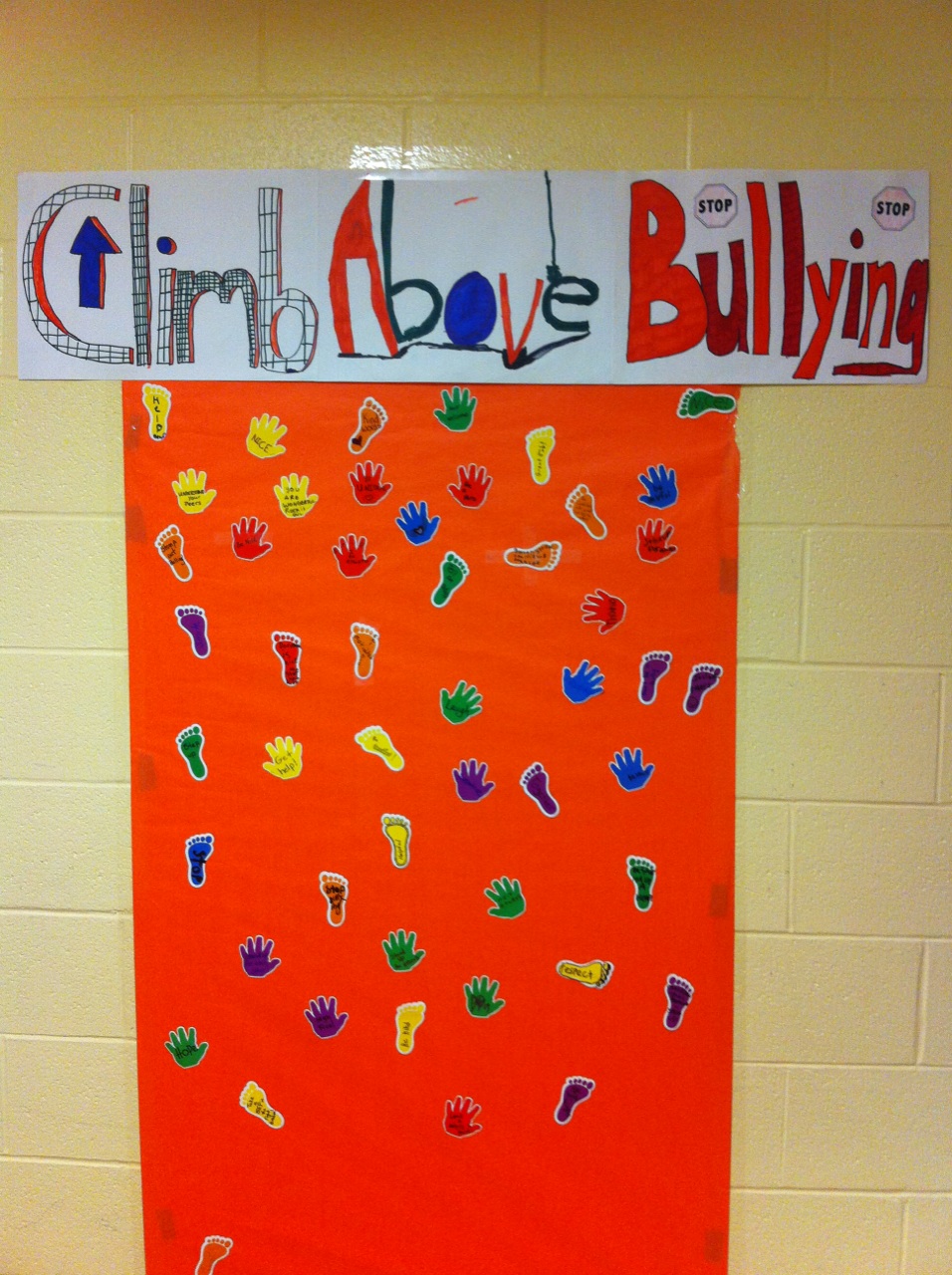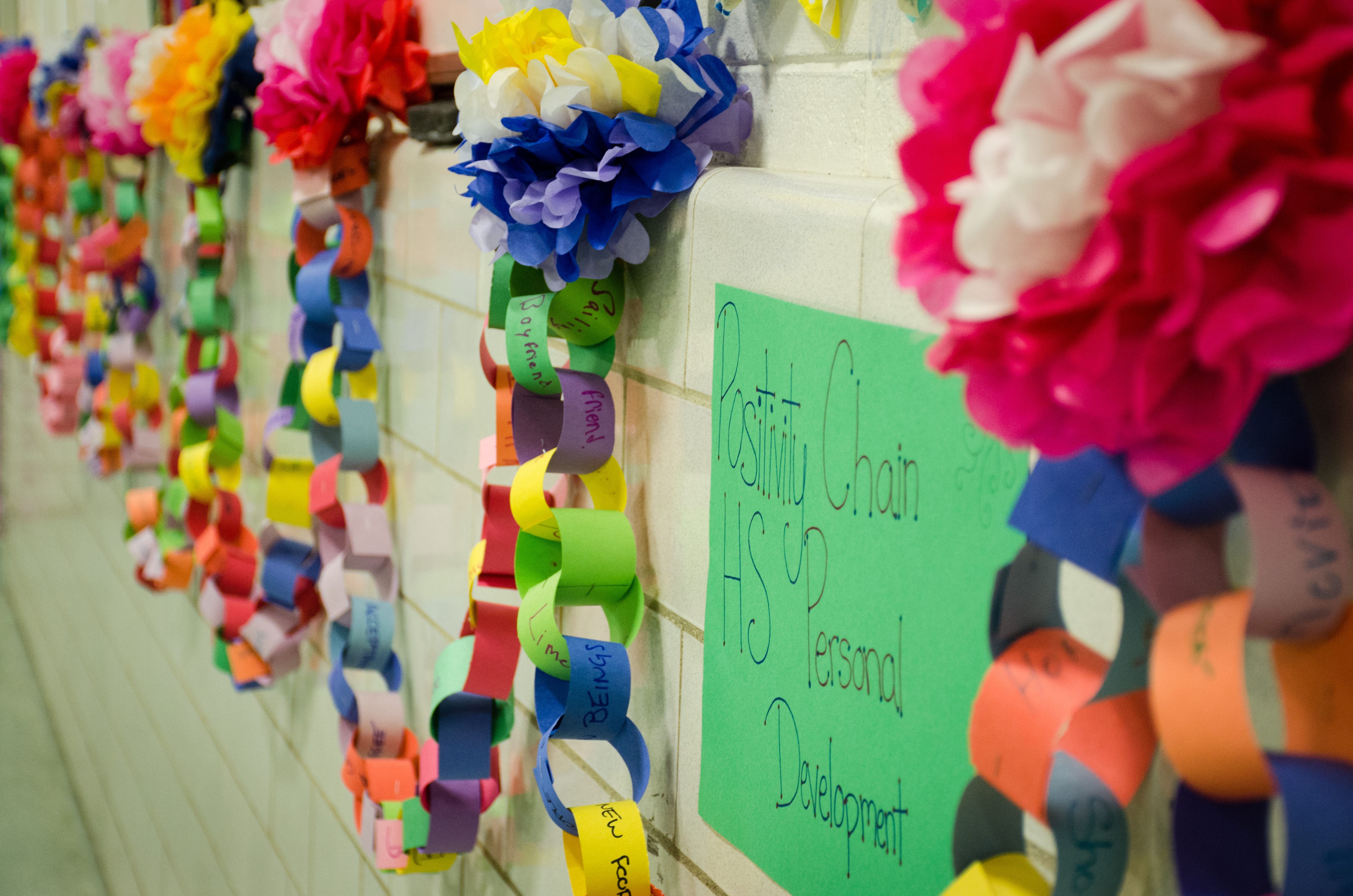Soar Learning Center
Soar Learning Center is approved by Vermont's Agency of Education as an independent school and is accredited by the Commission on Accreditation of Rehabilitation Facilities (CARF) as a day treatment program. It is located at the former J.P Callaghan School in St. Albans, Vermont and is part of the Children, Youth, and Family Division at Northwestern Counseling and Support Services (NCSS). The school provides comprehensive academic, special education, behavioral, and clinical support to children and adolescents in grades K-12.
Click on the links below for more information
LIFE SKILLS EDUCATION ALTERNATIVE PROGRAM (LEAP)
There are several factors that may lead a student to SLC. Typically, sending public schools have exhausted all other school-based supports prior to referral to SLC. Education law requires that services are provided to students in the least restrictive environment. Reasons for a referral to SLC include poor academic performance, disruptive or unsafe behavior within the school environment, or, on occasion, a larger behavioral incident that results in suspension and/or would preclude the student from returning to his current educational placement..jpg)
The upper elementary and middle school are also separated by grade level. Students take part in language arts classes, math classes, social studies and science classes. Each student also participates in a special class such as phyical education, art, or music. There is an emphasis on hands-on learning at SLC. As winter was winding down in Vermont in 2016, the middle school students in Mrs. Cota’s class were exploring what life was like in the Egyptian desert in the time of the pyramids. They explored the geography and worked to understand how the Nile was and is such an important resource to Egyptians for thousands of years. They studied what daily life looked like in Egypt in regards to food, medicine, and work. Students also learned a great deal about the pyramids, such as how and why they were built and what was inside those giant structures. Using sugar cubes and their imaginations, they constructed their own pyramid structures. They also modeled out of clay the items they would want to take with him to the afterlife, much like the pharaohs took supplies with them into their tombs. Not only did students show eagerness to participate in these hands-on activities, but they will tell you how much it increased their ability to recall and understand the information.
In the high school, many of the classes look like a typical, mainstream classroom: students sitting in a group listening to instruction from the teacher and engaging in various activities and lessons. So, what sets SLC apart from other schools? The largest class size in the high school at SLC is about nine students, and that is an unusually large group for the school. Class sizes hover around five or six students, which allows each student to receive the individual instruction and attention needed to complete any given task. Teachers are SLC are adept at altering their lessons to reach different levels in their classrooms. Sometimes this means creating a separate handout or project for a student who reads at a different level; it may mean presenting the information a second or third time privately or in a different way so a student can process the directions without feeling left behind or frustrated.
Life skills Education Alternative Program (LEAP)
LEAP, formerly known as the Back to School program is designed to meet the academic, behavioral, and social skill needs of students with multiple disabilities and/or intensive developmental and cognitive delays. The goal of the program is to prepare each student for success in school, at home, and in their community. Given the 1:1 student to staff ratio, the structure of the program, and the incentives built in to each student’s plan, the overall growth and success rate for students is high. Many of the students in LEAP have Autism, intellectual disabilities, speech and language challenges, or other impairments that present a high level of need. There are no specific criteria for a student entering LEAP; if a student struggles to function within a class environment and those challenges or behavior presents a need for one-on-one staffing, LEAP may be a consideration for placement. Many typical classrooms operate within a similar framework: information is presented to a group, discussions are had, instructions are given, and activity is completed. In LEAP, the framework looks quite different. When a student enters LEAP, the special educator and teacher for the program conducts an assessment to determine areas of support. If a student struggles with particular concepts, like numbers, for example, staff will work with the student on that skill until it is mastered. LEAP is focused on building necessary life skills, those basic skills that will prepare students to be independent and join the workforce. This might be learning to count and work with numbers or learning to communicate with adults to ask for help or receive an instruction for a task.
Some students are non-verbal and benefit from the use of augmented communication with iPads. These iPads might be used for organizing thoughts, making a request, or saying thank you. The technology can even be pre-loaded with vocabulary or directions, based on what a student is working on in class. The one-on-one staffing allows for each student to receive just the right amount of support that will, in the end, allow the student to return to his or her least restrictive environment. Students and one-on-one staff work closely together while utilizing task analysis, chaining procedures, functional communication, and differential reinforcement.
The clinical team at SLC is comprised of counselors, home/school coordinators, the intake coordinator, and the clinical team leader. The overall goal of the clinical team is to promote healthy living and well-being as well as help students regulate emotional experiences across settings: in school, in the community, and at home. Many students entering SLC are working through a variety of mental health and emotional issues, such as suicidal ideation, thoughts of self-harm, anger, depression, oppositional behaviors, peer and social relationships and past traumatic experiences.
It can be difficult to make positive choices and it makes it even more challenging when emotions bring about physiological responses. Through a variety of elements in the sensory room, clinicians focus on helping students manage their energy by sensory input. If a student’s energy is very high, clinicians will work to find some self-regulating activities to manage the energy state. With the use of the sensory room, students can explore activities, see how they impact the body, and hopefully generalize the actions for use in the classroom. Creative approaches, such as expressive art, music, aquatic and equestrian therapy, and yoga are also helpful in managing energy levels, especially for students who have difficulty communicating. For many students in LEAP, where the focus is on daily life skills, clinical sessions may be less about behaviors and more about reciprocal relationships and communication in a social community. Also, SLC has an on-going monthly consultation with a trauma expert who has special knowledge in sexually problematic behaviors and ways to support students with these behaviors.
Beyond the general weekly counseling sessions, services are provided for specific concerns such as substance abuse, suicidal ideation and self-harm, and relationship issues. There are several assessments and treatment options for substance abuse issues. Clinicians are trained in Dialectical Behavior  Therapy (DBT), a cognitive behavioral treatment developed to treat chronically suicidal individuals diagnosed with borderline personality disorder (BPD). It is now recognized as the standard psychological treatment for this population. Clinicians are also trained in motivational interviewing around stages of change, and cognitive behavior therapy. SLC has also adopted the ARC framework, short for Attachment, Regulation and Competency. This is a framework for intervention with youth and families who have experienced multiple and/or prolonged traumatic stress. ARC provides a theoretical framework, core principles of intervention, and a guiding structure for providers. SLC also participates in Olweus, a prevention program aimed to provide key information about bullying, cyber bullying, and dating violence, and explain how schools, community organizations, and parents can create safe, healthy environments. Each year the school participates in Unity Day, a day that highlights the dangers of bullying and the importance of coming together to end bullying. Staff and students wear orange, share facts and stories about bullying, brainstorm ideas for conquering bullying, and listen to guest speakers who have dedicated their careers to preventing this kind of cruelty.
Therapy (DBT), a cognitive behavioral treatment developed to treat chronically suicidal individuals diagnosed with borderline personality disorder (BPD). It is now recognized as the standard psychological treatment for this population. Clinicians are also trained in motivational interviewing around stages of change, and cognitive behavior therapy. SLC has also adopted the ARC framework, short for Attachment, Regulation and Competency. This is a framework for intervention with youth and families who have experienced multiple and/or prolonged traumatic stress. ARC provides a theoretical framework, core principles of intervention, and a guiding structure for providers. SLC also participates in Olweus, a prevention program aimed to provide key information about bullying, cyber bullying, and dating violence, and explain how schools, community organizations, and parents can create safe, healthy environments. Each year the school participates in Unity Day, a day that highlights the dangers of bullying and the importance of coming together to end bullying. Staff and students wear orange, share facts and stories about bullying, brainstorm ideas for conquering bullying, and listen to guest speakers who have dedicated their careers to preventing this kind of cruelty.
2024 - 2025 Soar Learning Center School Calendar
October 2022 Newsletter
ARCHIVED NEWSLETTERS
Winter 2016 Newsletter
Summer 2015 Newsletter
Winter 2014-2015 Newsletter
FALL 2014 NEWSLETTER

 Skip to Content
Skip to Content


